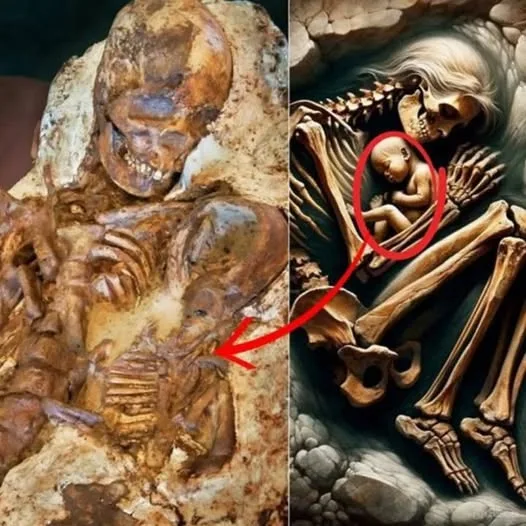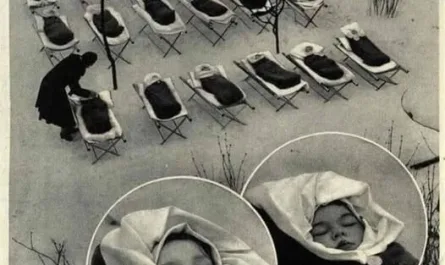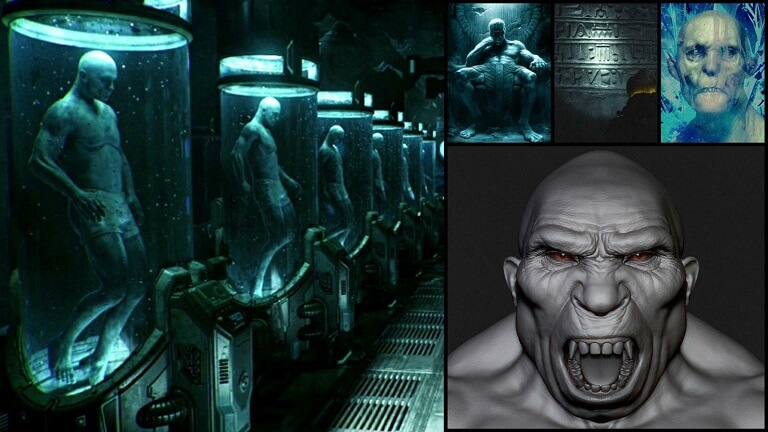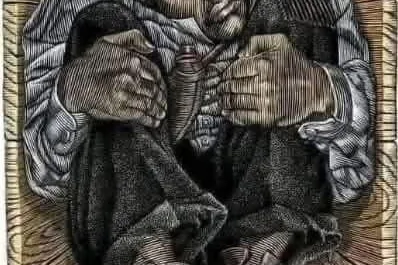Introduction
As Mother’s Day approaches on this Wednesday, July 9, 2025, at 12:13 PM +07, a poignant archaeological discovery in Taiwan offers a timeless reflection on maternal love. Archaeologists have uncovered the fossilized remains of a young mother and her toddler, locked in an embrace for 4,800 years, among 48 sets of remains excavated in the Taichung area. This Neolithic find, the earliest evidence of human activity in central Taiwan, stirs the heart with its silent story of devotion and loss. Let’s delve into this remarkable discovery and its profound implications.

The Unearthing of a Sacred Moment
The excavation, which began in May 2014 and spanned a year, revealed 48 graves in Taichung, including the remains of five children. Among them, the skeletons of a young mother and her toddler stood out, preserved in an eternal hug. Carbon dating places their burial in the Neolithic period, approximately 2800 BCE, marking them as relics of the Dabenkeng culture. The mother, measured at 160 cm (5 feet 2 inches) tall with arms spanning 50 cm (just over a foot and a half), was found with her eyes closed, her gaze directed downward at the child cradled in her arms. This intimate pose left archaeologists, including Chu Whei-lee of Taiwan’s National Museum of Natural Science, stunned and moved.
A Window into the Neolithic World
This discovery is more than a poignant image—it’s a historical milestone. The Taichung site represents the earliest known human activity in central Taiwan, shedding light on a society that thrived over four millennia ago. The mother and child’s remains, aligned north-south unlike the region’s typical facedown burials, were accompanied by pottery, hinting at burial rituals distinct from neighboring areas. The Neolithic Dabenkeng people, known for their early farming and tool-making, likely faced challenges like disease or natural disasters, though the exact cause of this mother and child’s death remains a mystery—possibly a sudden event or a tender post-mortem arrangement by grieving kin.
Echoes of Similar Finds
This isn’t the first time archaeologists have encountered such a heartrending scene. Last year, in China’s Qinghai Province, researchers unearthed intertwined skeletons of a mother and child from an early Bronze Age site dubbed the “Pompeii of the East.” Dated to around 2000 BCE, this find, linked to an earthquake and Yellow River flood, showed the mother kneeling and shielding her son, her upward gaze frozen in time. These parallels suggest that such embraces—whether protective in life or arranged in death—capture universal human instincts. The Taichung discovery, however, stands out for its age and the serene, closed-eyed expression of the mother, inviting speculation about her final moments.
The Emotional Resonance
As Mother’s Day nears, this find resonates deeply. The image of a mother holding her child, preserved for nearly 5,000 years, speaks to an enduring bond that transcends time. Was she protecting her toddler from an unseen threat, or did loved ones place them together in death to honor their connection? The closed eyes and gentle pose suggest peace, yet the context raises questions—did they succumb to illness, famine, or a natural calamity? DNA analysis, still pending, may confirm their relationship, but the emotional weight of their embrace needs no proof. It’s a silent testament to a mother’s love, echoing across millennia.
Preservation and Interpretation
The skeletons’ preservation is a marvel, likely aided by Taiwan’s humid yet stable soil conditions. Archaeologists used carbon dating to pinpoint the age, confirming their Neolithic origin. The mother’s slight frame and the toddler’s small size—fitting within her 50 cm arm span—paint a picture of a young family. Yet, skeptics might wonder if the pose was staged post-mortem, a common practice in some ancient cultures. Regardless, the discovery challenges us to imagine their lives—simple, resilient, and deeply human—amidst a Stone Age landscape.
Conclusion
The 4,800-year-old embrace from Taichung is a poignant reminder of love’s enduring power. As we celebrate Mother’s Day in 2025, this ancient mother and child invite us to reflect on the sacrifices and bonds that define family. Their story, unearthed from the earth’s embrace, bridges past and present, urging us to cherish the moments we hold dear. On this July afternoon, let this discovery inspire awe at humanity’s shared history and the timeless sorrow and strength it reveals.





